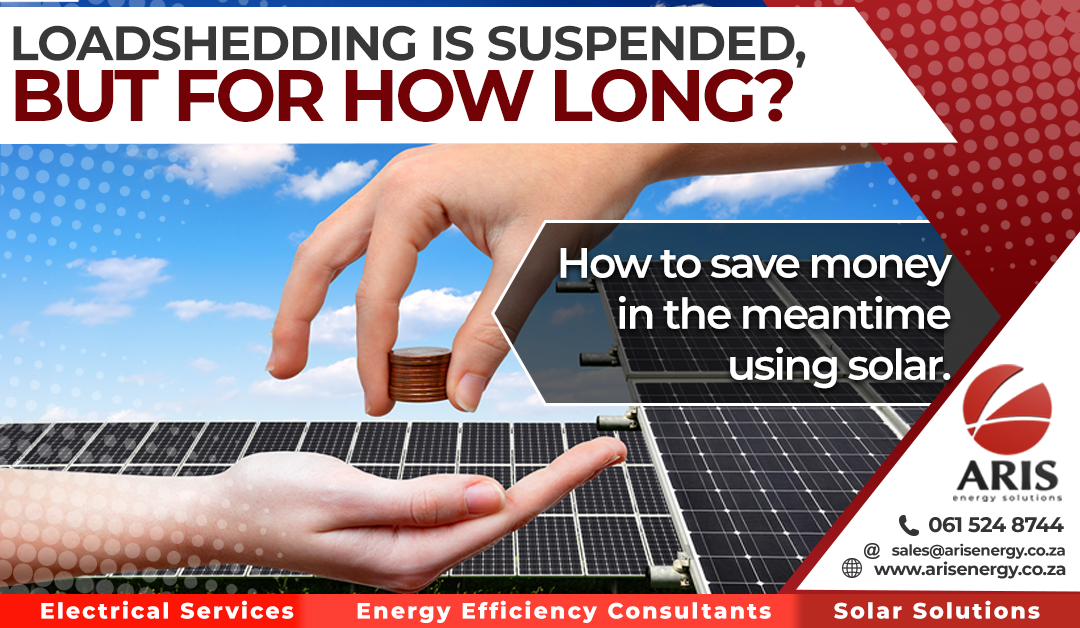How to save money in the meantime using solar
Loadshedding has been suspended for more than a month now (as of the published date of this blog), which is a welcome and unprecedented surprise for South Africans. Solar users can still ensure that they get their money’s worth with their installations by generating their own power, thus ensuring a saving on electricity bills.
There are three main ways to achieve this, which we will discuss in more detail below: Switching as much usage as possible to daytime hours, using as much as possible of your generated battery power safely, and making minimal use of grid power.
Switching to daytime usage
One of the most effective ways to ensure that your excess solar power doesn’t go unused is to set some appliances to run during the day, the most important being electric geysers. Did you know that electric geysers can consume nearly half of a household’s electricity? Installing a smart switch or timer will enable you to configure it to heat water late in the morning or early afternoon.
If you have a solar geyser, a timer can also be beneficial as you can choose when to supplement its element with grid power.
Using your generated battery power safely
Always remember that although we have been lucky now for over a month, Eskom could still implement loadshedding at any time. Therefore, you don’t want insufficient battery capacity during a power outage.
For this reason, it is good practice to leave a bit of breathing room between your absolute battery cutoff that will only apply when there is no grid power and a minimum for when grid power is available. Get in contact with the experts at Aris Energy Solutions to assist you in this regard and ensure that the correct calculations are done, ensuring optimal safe usage is obtained.
Making minimal use of grid power
Did you know that you can use the grid sparingly without cutting down on your overall consumption? Firstly, this can be achieved by ensuring that appliances that are switched on doesn’t exceed your inverter’s capacity. Run your appliances in sequence whenever possible instead of switching them on at the same time. This avoids grid usage, while your overall consumption stays the same.
Remember, your inverter won’t trip if you exceed its maximum capacity while there is no loadshedding, but it will draw additional power from the grid.
Secondly, you can charge your battery from the grid overnight. Only charge it to a certain level as to ensure that you have just enough capacity for your morning power usage. Once the sun is up, your solar panels will charge your battery.
Aris Energy Solutions is a leading provider of renewable energy solutions, dedicated to helping individuals and businesses harness the power of sustainable technology. Located in Pretoria, our mission is to lead the renewable energy market by staying at the forefront of industry advancements and embracing the latest technologies. Contact us on +27 61 524 8744 or visit https://arisenergy.co.za/.



